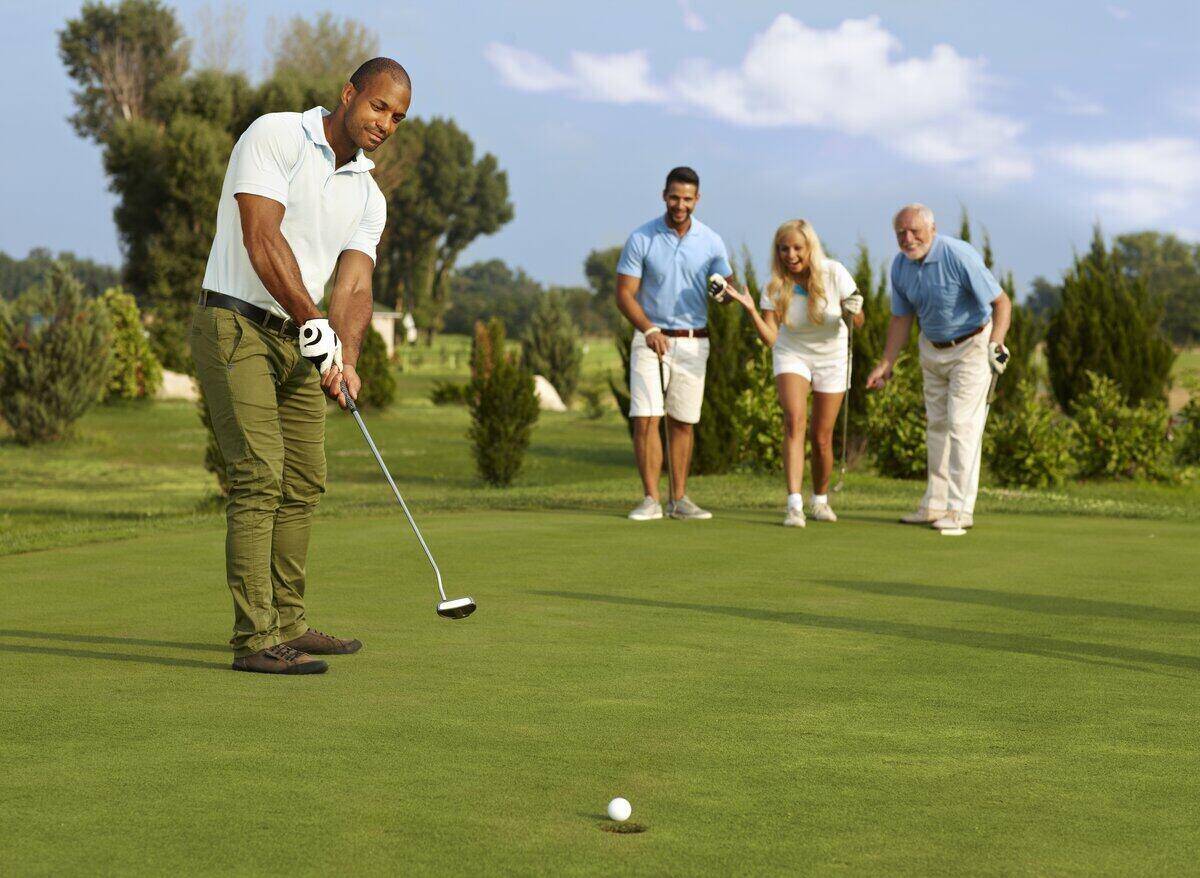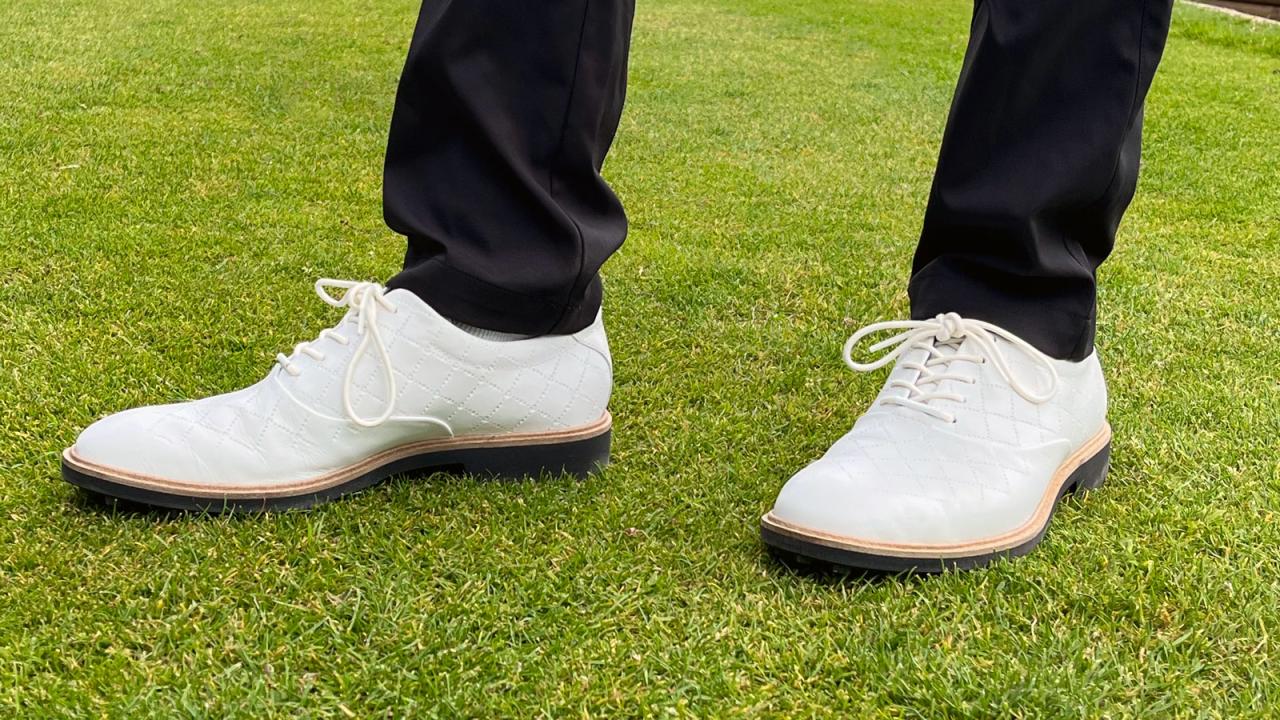Evaluating Golf Balls: What You Need To Know
Share

Golfers of all levels understand the importance of using the right equipment to enhance their performance on the course. As one of the most crucial pieces of gear in a golfer’s arsenal, the golf ball can greatly impact the outcome of a game. In this article, we will explore the intricacies of evaluating golf balls and provide you with the knowledge you need to make informed decisions when selecting the perfect ball for your game. Whether you are a beginner looking to improve your game or a seasoned pro seeking an edge, understanding the nuances of golf ball evaluation is key to maximizing your potential on the links.

Key Factors to Consider When Choosing a Golf Ball
When evaluating golf balls, it’s important to consider a few key factors that can greatly impact your game. The type of golf ball you choose can affect your distance, control, and overall performance on the course. Here are some key factors to keep in mind when selecting the right golf ball for your game:
Composition: Different golf balls are made with varying materials that can affect how they perform. Some golf balls are designed for more distance, while others are crafted for better control. Understanding the composition of a golf ball can help you choose one that matches your playing style.
Compression: The compression of a golf ball can also impact how it performs. Higher compression golf balls are better suited for players with faster swing speeds, while lower compression balls are ideal for those with slower swing speeds. Finding the right compression level can help optimize your game.
Dimples: The dimple pattern on a golf ball can influence its aerodynamics and trajectory. Golf balls with different dimple patterns can have varying levels of spin, lift, and accuracy. Consider the dimple design of a golf ball to see how it may affect your shots on the course.
Consider these factors carefully when choosing a golf ball to ensure that you are selecting one that complements your playing style and helps you achieve your best performance on the course.
Comparing Different Types of Golf Balls on the Market
When it comes to choosing the right golf ball for your game, it can be overwhelming with the multitude of options available on the market. Different types of golf balls offer varying characteristics that can impact your performance on the course. Here, we break down some of the key factors to consider when evaluating golf balls.
Construction: Golf balls are typically categorized into two main types: two-piece and multi-layer. Two-piece golf balls are known for their durability and distance, while multi-layer golf balls offer more control and spin around the greens.
Compression: The compression of a golf ball can affect how it feels and performs. Low compression balls are softer and may benefit slower swing speeds, while high compression balls are firmer and may suit faster swing speeds.
Cover Material: The cover of a golf ball can impact its feel and spin. Surlyn covers are durable and offer less spin, while urethane covers provide more spin and control. Consider your own playing style and preferences when choosing the right cover material for your game.
Understanding the Impact of Construction and Material on Performance
Golf balls are essential equipment for every golfer, and understanding the impact of construction and material on their performance is crucial to your game. When evaluating golf balls, there are key factors to consider that will directly affect your performance on the course.
Core Material: The core of a golf ball is typically made of either rubber or resin. Rubber cores are known for providing a softer feel and more spin, making them ideal for players looking for more control. On the other hand, resin cores offer higher compression and faster ball speeds, making them suitable for players seeking distance.
Cover Material: The cover of a golf ball can be made of either Surlyn or urethane. Surlyn covers are known for their durability and lower cost, while urethane covers provide a softer feel and increased spin control. Choosing the right cover material depends on your playing style and preferences.
Tips for Finding the Perfect Golf Ball for Your Game
When it comes to finding the perfect golf ball for your game, it’s important to consider a few key factors that can greatly impact your performance on the course. By evaluating these factors carefully, you can ensure that you are choosing a golf ball that is specifically tailored to your playing style and skill level.
- Compression: The compression of a golf ball refers to how much it compresses upon impact with the clubface. Low compression balls are softer and better for slower swing speeds, while high compression balls are firmer and better for faster swing speeds.
- Construction: Golf balls come in two main construction types – two-piece and multi-layered. Two-piece balls are more durable and provide distance, while multi-layered balls offer more control and spin.
- Dimple Pattern: The dimple pattern on a golf ball affects its aerodynamics and trajectory. Different dimple patterns are designed for different flight characteristics, so it’s important to choose one that suits your playing style.
By considering these factors and testing out different golf balls on the course, you can find the perfect ball that enhances your game and helps you achieve your best performance. Remember, finding the right golf ball is a crucial part of improving your golf game, so take the time to evaluate and experiment with different options until you find the one that works best for you.
In conclusion, evaluating golf balls is an essential aspect of improving your game and maximizing your performance on the course. By understanding the key factors that determine a golf ball’s performance, such as compression, cover material, and dimple design, you can make an informed decision when selecting the right ball for your swing. Remember, it’s not just about finding the most expensive or popular ball – it’s about finding the one that suits your individual needs and preferences. So next time you’re on the hunt for the perfect golf ball, keep these key points in mind and watch your game soar to new heights. Happy golfing!





